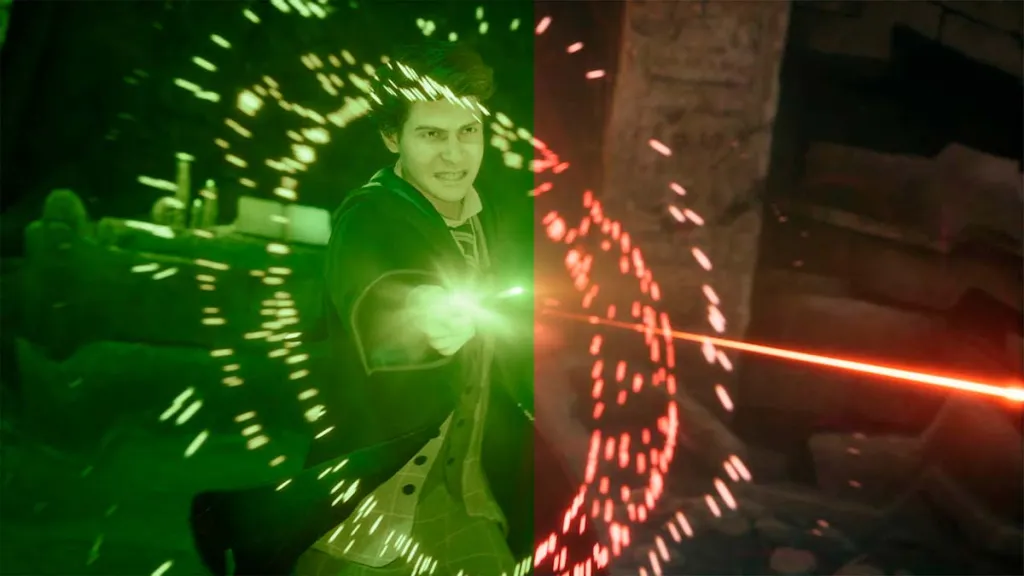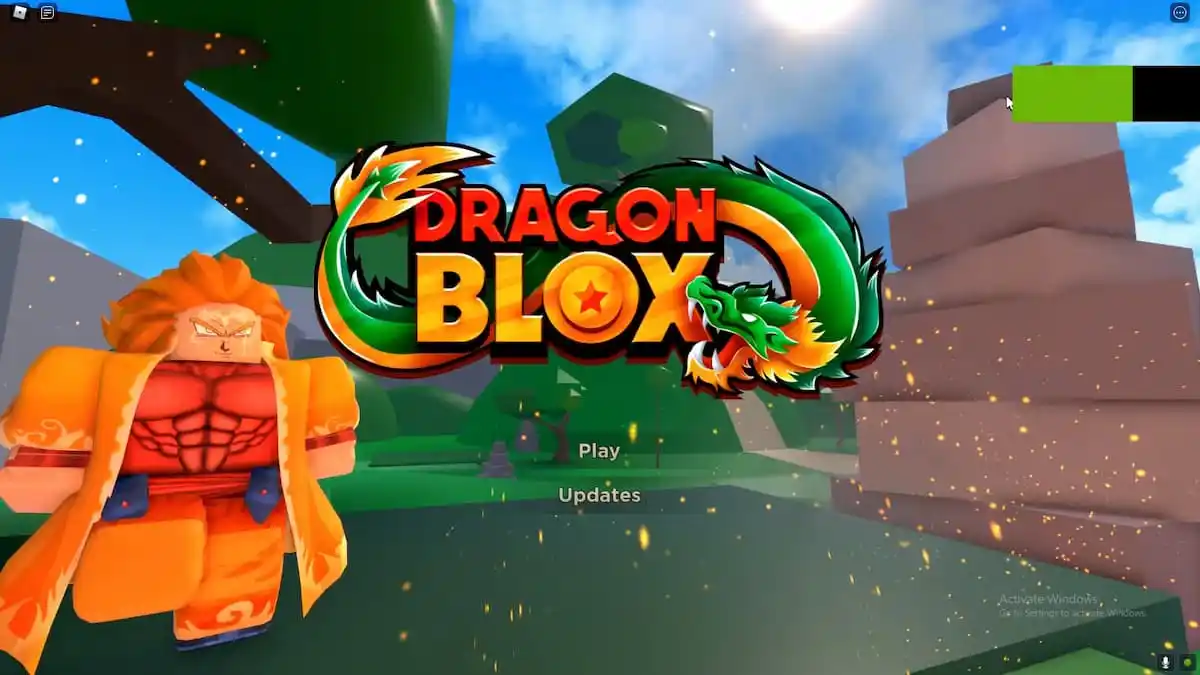Since long before its release, Hogwarts Legacy has been mired in controversy. Whether it was the problematic views of J.K. Rowling or the revelation that a prominent designer on the title perpetuated hateful content on his YouTube channel, a cloud surrounded the game that led many people to call for a boycott.
One such controversial talking point concerning the game is the accusation of anti-semitic elements in the plot and the lore. This isn’t the first time that such allegations have been leveled at the world of Harry Potter, but in the case of Hogwarts Legacy, it’s added further fuel to the fiery discussions about the game. Here’s what you need to know.
Goblins, lore, and anti-semitic tropes

The world of Harry Potter is filled with various different magical creatures and races, from your regular bog-standard humans to centaurs, ghosts, and giants. One such magical race is the goblins, short-statured folks who can wield magic without the need for a wand. Unfortunately, this natural proclivity for magic historically put them in conflict with human wizards and witches, who went to great lengths to curtail their abilities and rights over centuries.
This troubled history of the goblins has been linked by many within and without the Jewish community to certain characteristics of the race that bear resemblance to anti-semitic tropes present in the portrayal of Jewish people throughout history. Long hooked noses and far-reaching control over the wizard world’s banking infrastructure are frequently paired with a greedy and duplicitous nature, all of which will be familiar to anyone who might have viewed anti-semitic caricatures from the 20th century and earlier.
Related: JK Rowling’s transphobic views and her effect on Hogwarts Legacy – controversy explained
J.K. Rowling has taken some flak for her portrayal of goblins in her books over the years, and frankly, at best it betrays a thoughtless and lazy adoption of numerous problematic tropes which arguably perpetuates harmful stereotypes, even when applied to a fictional magical race. Hogwarts Legacy focuses heavily on goblins, as it is set during one of the goblin rebellions that periodically occurred throughout the wizarding world’s history, and so it too runs afoul of using these troubling tropes. However, the game makes some further decisions that have incensed some players even more.
Ranrok’s rebellion, child abduction, and blood libel

The plot of Hogwarts Legacy is set during Ranrok’s goblin rebellion, an uprising led by the eponymous Ranrok in 1890. Though many of the goblins involved joined the rebellion to protest the prejudice and discrimination leveled against them by humans, Ranrok himself is described as a greedy and hate-filled individual in pursuit of a forbidden magic that would allow him to wipe out humans altogether.
Players can choose to align themselves with Ranrok, but the game explicitly paints this as an evil decision, aligning those players with the Dark wizard faction. On top of that, Ranrok and his Dark wizard allies in the Rookwood Gang have a plan to harness the power of this forbidden magic by abducting the player character (who is a teenager) and extracting and using their blood. This latter detail hews uncomfortably close to “blood libel” conspiracy theories which have been leveled at Jewish communities across the world for centuries, in which Jewish people were accused of abducting and murdering Christian children in order to use their blood in sacrilegious rituals.
The presence of these themes in the game does not necessarily mean that everyone involved is a raging anti-semite. However, once again, it would suggest that, at best, the writers felt comfortable throwing them into the story without considering — or caring about — the longer-term consequences of associating a mystical blood ritual with a race of magical folk who already bear a troubling resemblance to anti-semitic caricatures.
The shofar issue

Shortly after the game was released, some players took to social media to express outrage at one particular in-game goblin artifact. The artifact in question bears a significant resemblance to a shofar, a Jewish musical instrument that is used in some religious ceremonies. The artifact is described in the game as being designed to rally troops and “generally annoy witches and wizards,” and makes reference to another goblin rebellion in the year 1612. That particular date has stirred up some more anger among fans, as it coincides with the real-life Fettmilch uprising, which culminated in a brutal pogrom against the Jewish quarter of Frankfurt, Germany.
As ever, each individual data point here could be excused as a mistake or a coincidence, but many players are seeing worrying trends when taken all together. Though it’s more likely to be thoughtlessness than insidiousness, it’s nevertheless concerning for many people, especially some Jewish (likely now-former) Harry Potter fans who were looking to escape into a magical world.







Published: Feb 15, 2023 5:00 PM UTC